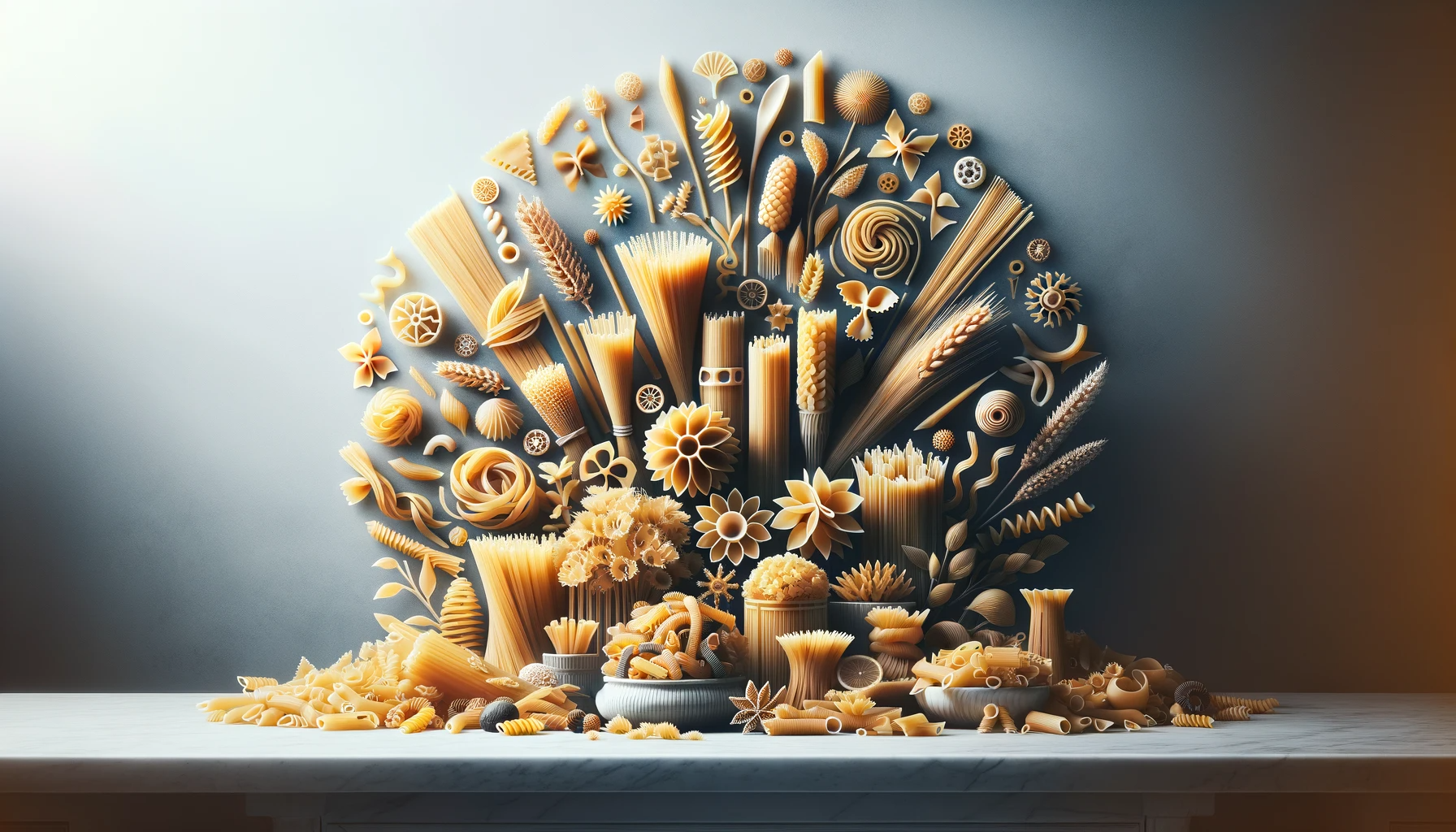Pasta, a staple in many cuisines worldwide, is beloved for its versatility and ability to harmonize with a variety of ingredients. The secret to a remarkable pasta dish lies not just in the skill of preparation but also in the quality of ingredients used. This article delves into how you can select high-quality ingredients to elevate your pasta dishes to gastronomic delights.
1. Choosing the Right Type of Pasta
a. Durum Wheat Semolina for Authenticity
Opt for pasta made from durum wheat semolina. This type of wheat ensures the pasta has the ideal texture and firmness. Durum wheat pasta holds up well during cooking and provides a consistent al dente finish.
b. Consider the Shape and Size
Different pasta shapes are suited to different types of sauces. Long, thin pasta like spaghetti pairs well with light, oil-based sauces, while ridged or hollow pastas like rigatoni are perfect for thicker, heartier sauces.
2. Selecting Fresh Produce
a. Fresh Vegetables: Color and Texture
When selecting vegetables for your pasta, look for vibrant colors and crisp textures. Fresh vegetables not only add a burst of color but also enhance the flavor profile of your dish.
b. Seasonal Choices for Better Flavor
Incorporate seasonal vegetables for the best flavor. Seasonal produce is picked at the peak of its freshness, ensuring your pasta dish is packed with natural, robust flavors.
3. High-Quality Protein Sources
a. Fresh or Well-Preserved Meats
Choose high-quality meats, whether fresh or preserved. Fresh meats should be tender and have a natural color, while preserved meats like salami or prosciutto should come from reputable sources ensuring quality curing processes.
b. Seafood: Freshness is Key
For seafood pasta, the freshness of the seafood is paramount. Look for bright, clear eyes and a fresh ocean smell in fish. Shellfish should be intact and smell like the sea.
4. The Right Type of Cheese
a. Authentic Italian Cheeses
Opt for authentic Italian cheeses such as Parmigiano-Reggiano or Pecorino Romano. These cheeses offer a depth of flavor that cannot be replicated with lower-quality alternatives.
b. Freshness and Origin
Ensure the cheese is fresh and, if possible, sourced directly from Italy. Freshly grated cheese is preferable over pre-grated options, which may contain preservatives and anti-caking agents.
5. The Best Oils and Fats
a. Extra Virgin Olive Oil: A Must
Extra virgin olive oil is a staple in pasta cooking. Its rich flavor and health benefits make it a superior choice. Look for cold-pressed options for the best quality.
b. Butter: Go for Unsalted
When using butter, choose unsalted varieties. This allows you to control the salt level in your dish and ensures the natural flavors of your ingredients shine through.
6. Herbs and Spices: Freshness Matters
a. Fresh Herbs Over Dried
Whenever possible, use fresh herbs like basil, oregano, and parsley. Fresh herbs provide a more vibrant flavor compared to their dried counterparts.
b. Quality of Dried Spices
If using dried spices, ensure they are from a reputable source and haven’t been sitting on your shelf for years. Freshness is key, even with dried spices.
In conclusion, the quality of ingredients in pasta dishes plays a crucial role in determining the final taste and presentation. By selecting the right type of pasta, fresh produce, high-quality proteins, authentic cheeses, the best oils and fats, and fresh herbs and spices, you can transform a simple pasta dish into a culinary masterpiece. Remember, great cooking starts with great ingredients!
